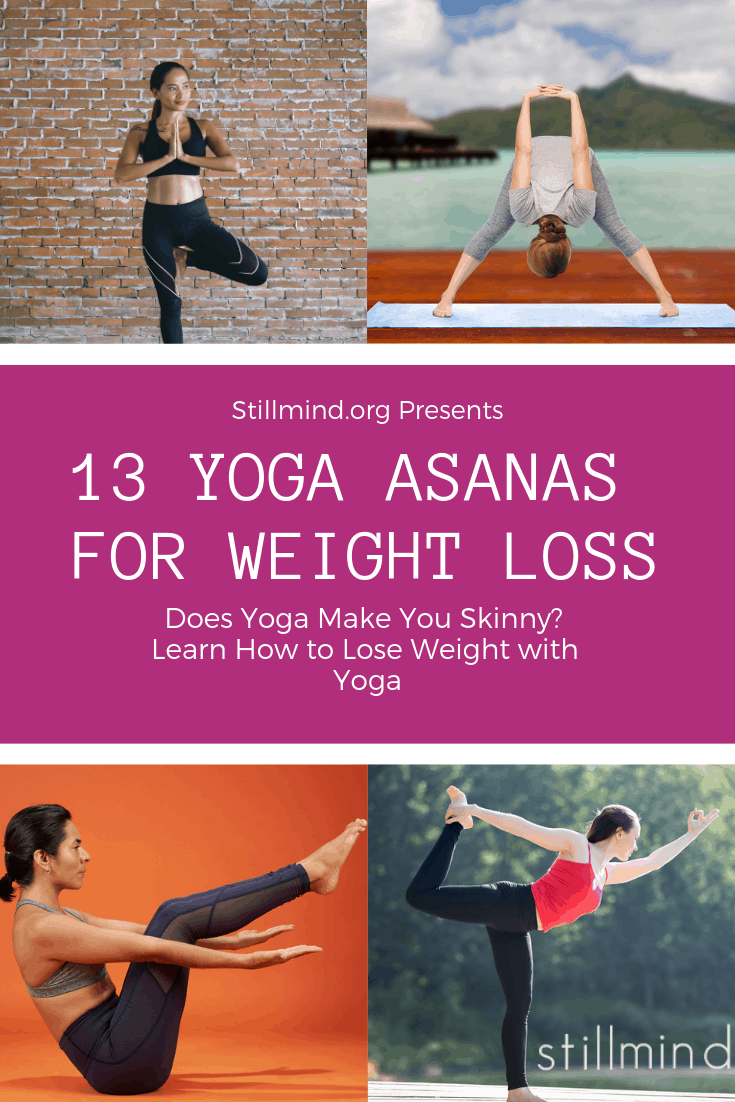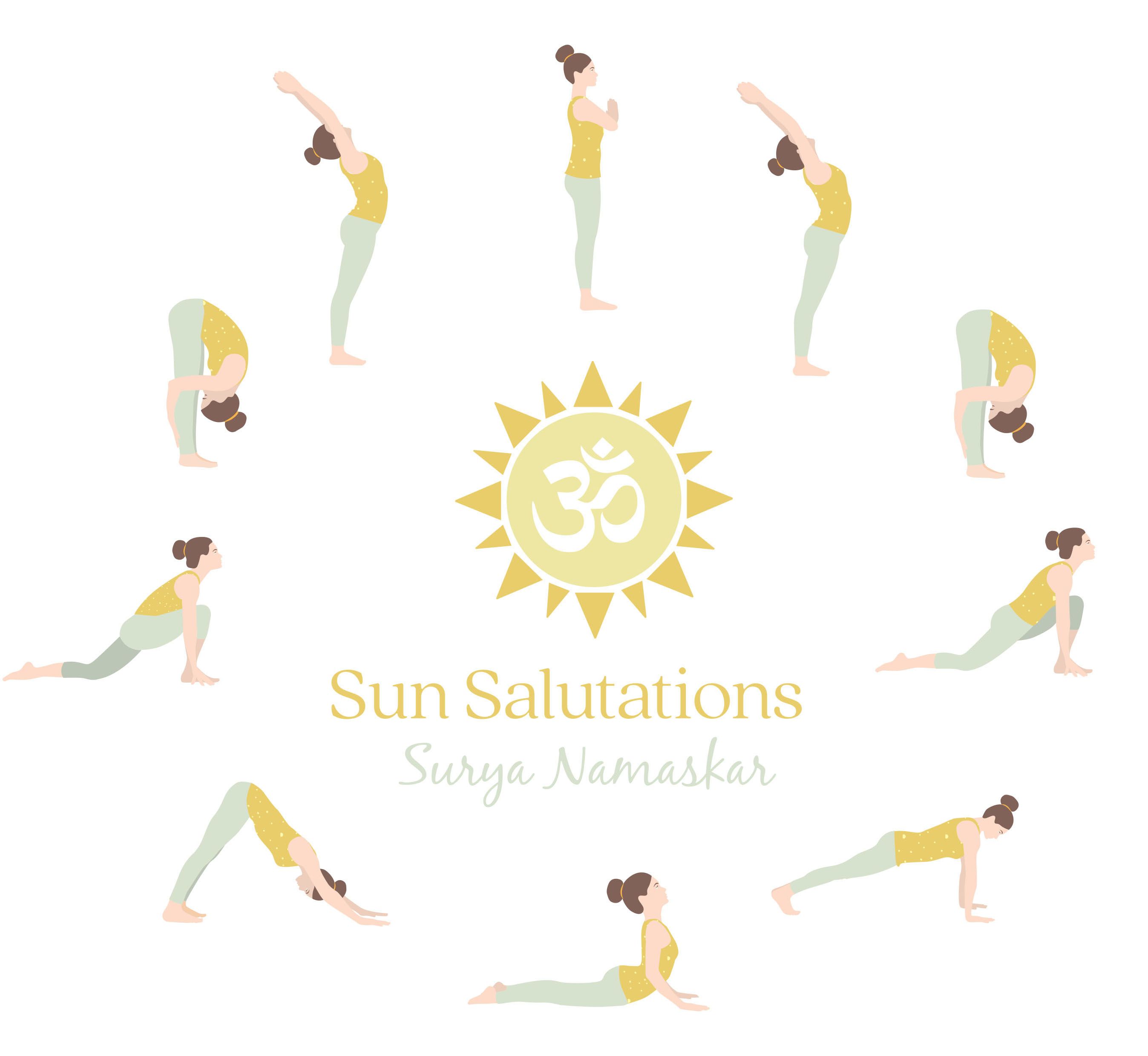
Yoga has been proven to be a great form of pain relief by people all over the globe. Yoga is extremely adaptable and can be done by anyone regardless of fitness level. In addition to stretching and strengthening, yoga is also a spiritual practice. Yoga was first used in India to treat pain, such as neck, knee, back and back problems. Yoga may be the best option for you depending on the pain you experience.
The body can be balanced by yoga for pain relief. People suffering from chronic pain are able to better manage their condition thanks to this. The exercises can reduce inflammation, decrease pain perception, and improve mobility. It is important to talk with your doctor before you start a yoga practice. So that you can create a program that meets your specific needs and maximizes the benefits, this will allow you to start a routine. The yoga exercises will also help you learn about the importance of mindfulness.

The most common problem area for women is the headache. This can be a result of hormone imbalances, stress, or poor sleeping habits. A holistic approach to yoga for pain relief can ease the symptoms and reduce the frequency of headaches. Additionally, headaches often start in the neck. This area is ideal for yoga. It is important to consult a doctor before you start yoga. However, a qualified instructor can give guidance about the best positions for your condition.
While most people associate yoga as relaxation and stretching, the truth is that it can also be beneficial for people suffering from chronic pain. A regular yoga practice can improve the quality of life and reduce the level of pain. This exercise is not an instant fix for all problems, but it is a wonderful way to improve your overall health. Yoga is great for pain relief. You might want to take a few classes.
There are many techniques that can be used to help you relax if you're searching for holistic pain relief. Some of the most effective practices will help you control your breathing. Visualization can also help you manage pain. Visualization is a powerful tool that helps you to focus on the pain and let go of any tension. It can bring relief to your mind and body.

You will want to choose the right yoga class for you. Some yoga classes are slow and gentle, while others involve many more intense poses and postures. It's best to talk with a professional to determine what type of yoga will work for your specific needs. For back pain, it is important to choose a class that is comfortable and gentle. You can strengthen your back muscles by taking a class, but it won't cause serious injuries.
FAQ
How many times per week do I need to exercise?
It depends on what type of exercise and how much time are available. It's a good idea to do moderate-intensity aerobic exercises 3 - 5 times per week. You shouldn't do too much. For maximum results, consistent exercise is key to getting the most out of your workouts.
Which exercises work best for you?
It really depends on what kind of fitness goals you have. Some people concentrate on endurance activities such running, cycling, swimming. Others prefer lifting weights, or using resistance bands. There are many options for exercise today. Find the best option for you.
What is the best work out for men aged 40+?
Older men will find that the best workouts give them more energy as well as improve their stamina.
It is important that you note that people over 40 experience a decrease in testosterone levels, which results in lower sex drive.
This does not mean that you should stop engaging in physical activity. Studies have shown that some men can get more testosterone from regular aerobic exercise.
An aerobics routine is a great way to increase your sexual performance.
What is a good 7-day workout schedule?
A seven-day program should include three days of cardio training (running, biking and swimming), two strength exercise (using free weights or weight machines) and one flexibility/core work out (yoga, Pilates). It's essential to do each activity at least once a week. Each session should last no more than 45 minutes.
Cardiovascular Exercise: Running/Biking/Swimming
It is important to complete at least 60 minutes of cardio per week. For best results, aim for 75 minutes per week. Cardio exercises can help improve blood flow and stimulate muscle growth.
Strength Training
Cardio exercises work on the heart and lungs. Strength training works on the muscles and bones. Strength training is a great way to build lean muscle mass that helps you burn calories even if you are not actively exercising.
Flexibility & Core Workouts
To strengthen your whole body, flexibility and core work outs are excellent ways to do so. Both yoga and Pilates are excellent options.
What is the best workout order?
It depends on what you are looking for. You should start with heavy weights if your goal is to build muscle mass. Then you can move to cardio. Then if you want to lose weight, go from cardio to strength training.
Start with cardio if you only want to lose fat. Next, add strength training.
Do cardio first if you are looking to increase muscle mass. It stimulates growth hormones that help build muscle mass.
You should also eat before your workout. This will fuel your muscles, making them work harder. It will also make you feel more energetic during your workouts.
Is it possible to go to the gym every day of the week?
Yes, you can go to the gym seven days a week but not all at once. It is important to find a time and place where you can exercise without feeling tired or exhausted.
This will help to keep you focused and give you energy for other things.
Also, ensure you eat healthy during these times. This will ensure you don’t feel tired and sluggish going to the gym.
Last but not least, ensure there are no other people competing for your time. If you have children, it is a good idea to avoid going to school on the evenings as they can distract from your workout.
What is a good daily gym routine?
To stay fit, you need to exercise regularly. It doesn't matter what type of fitness activity you choose as long as you do it regularly. Consistency is key. You must be consistent if you are to see results.
Start by doing small amounts of daily physical activity (like walking). Then gradually increase the time spent exercising until you spend 30 minutes a day working out. This could include running, cycling, swimming, weight training, yoga, or aerobics classes.
You should try to ensure that you exercise most days of the week. You should not miss any sessions unless there is a good reason.
Make sure to wear appropriate clothing and footwear for outdoor exercise. Also, consider weather conditions and how they might affect your ability or safety while exercising.
When you exercise, make sure you are drinking plenty of water. Drinking alcohol during exercise can cause dehydration. Avoid caffeine-rich drinks like coffee, tea, and coca. These drinks may give you energy but also dehydrate your body.
At first, it's normal to feel tired after you finish your exercise routine. However, if you continue with your program, you'll soon feel more energetic and refreshed.
Statistics
- 10 pounds in a month is likely during a lean bulking phase, especially for beginners. (muscleandstrength.com)
- Candidates and applicants must pass all four tests at 70% (minimum level) to graduate from Basic Deputy U.S. Marshal (BDUSM) Training. (usmarshals.gov)
- An estimated calorie range for moderately active adult males falls between 2,200 to 2,800 calories per day, depending on age. (eatright.org)
- Cardmembers earn 5% Back at Amazon.com with a Prime Credit Card. (amazon.com)
- The PRS enabled risk stratification for overall prostate cancer and lethal disease with a four-fold difference between men in the highest and lowest quartiles (HR, 4.32; 95% confidence interval [CI], 3.16-5.89). (pubmed.ncbi.nlm.nih.gov)
External Links
How To
What nutrients is a man supposed to consume daily?
For healthy growth and development, men need to eat a balanced diet. Your body needs vitamins, minerals and nutrients as well as carbohydrates, proteins, fats, carbohydrate, fiber, and other essential components.
Males also require specific nutrients at certain times of the day. For example, when you sleep, your body uses energy from food to make hormones, antibodies, and enzymes. When you wake up, your body uses protein to repair damaged tissue and build muscles.
Your body stores extra energy as glycogen and breaks down fat at night. Your body requires fewer calories, but still needs enough nutrients. You might have an occasional snack during the night if your stomach is feeling hungry.
Working out requires adequate carbohydrate and protein intake. Muscle soreness can occur if you work out hard.
You must ingest carbs and protein within two hours of training to prevent this. Your body will use stored glycogen to produce glucose for energy.
You must also eat protein right after you finish your workouts. This prevents the breakdown of muscle tissue that occurs while you sleep.
Lactic acid is produced by the body during periods of intense exercise. It builds up in your bloodstream, which can lead to fatigue. Eat foods high in carbohydrate, such as fruits, vegetables, to avoid this.
Carbohydrates offer your body the energy it needs for recovery from exercise.
You may also want to include lean meats and fish, as well as yogurt, cheese, yogurt, beans and nuts in your diet.
All of these foods contain high-quality protein. Protein promotes muscle growth, and helps repair damaged tissues. It also provides the amino acids your body needs to produce sex hormones and testosterone.
For healthy skin, hair and joints, it is important to eat enough fats. Healthy men need between 20% - 35% of the total caloric intake to be fat.
Fat protects your heart from cancer and keeps it strong. It helps keep your brain working properly.
Vegetable oils, such as olive oil, sunflower oil or corn oil, soybean oil and peanut oil, can supply most of the fats you require.
These oils are high-in monounsaturated, unsaturated fatty acid (MUFAs). MUFAs lower cholesterol and decrease inflammation. They protect your cells against free radical damage.
Saturated Fats (SFAs), which are mostly found in animal products like meat, butter, and dairy products, include LDL ("bad") cholesterol. SFAs increase LDL ("bad") cholesterol, and increase triglycerides. They promote weight gain as well as belly fat.
Polyunsaturated oils (PUFAs), are found in plant-based foods like nuts, seeds and vegetable oils. PUFAs help improve cardiovascular function, and lower inflammation. They also help control blood sugar and cholesterol.
Erectile dysfunction can often be a problem for men who have low HDL ("good") levels of cholesterol. High consumption of saturated fats increases bad cholesterol, which lowers the level of good cholesterol.
Red meat and pork are a common source of prostate problems in men who eat a lot. If cooked at high temperatures, the nitrates become nitrosamines. These compounds can cause lung cancer.
Most processed meats have nitrites and harmful chemicals. Avoid them completely.
According to the American Heart Association, you should limit your consumption of red meat to no more that 2 meals per week. Choose poultry, fish and legumes instead.